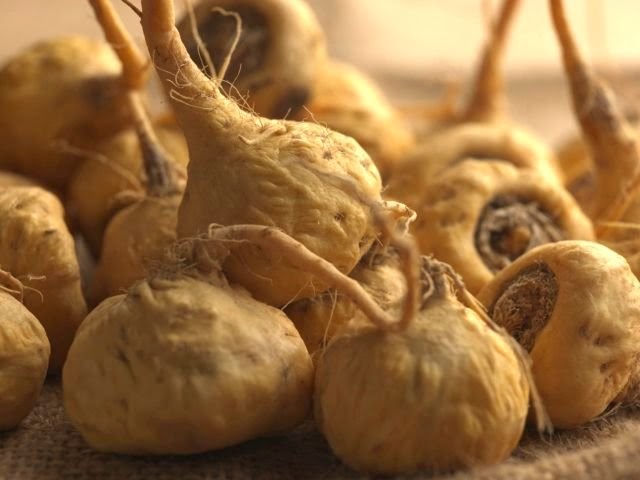
Chinese name: Lianzi (蓮子)
Pharmaceutical Name: Semen Nelumbinis
Botanical Name: Nelumbo nucifera Gaertn
Common Name: Lotus seed
Lotus seeds or Lotus nuts are the seeds of plants in the genus Nelumbo, particularly the species Nelumbo nucifera. The seeds are of great importance to East Asian cuisine and are used extensively in traditional Chinese medicine and in Chinese desserts. The seeds are most commonly sold in the shelled and dried form. Fresh lotus seeds are relatively uncommon in the market except in areas of lotus root and seed production, where they are sometimes sold as a raw snack. The lotus seeds are collected from August to September. After the skins of the seeds have been removed, the seeds are dried in the sun.
Used extensively in pastries, lotus seeds are believed to be highly medicinal when cooked in clear soups. They are believed to be particularly nutritious and restorative of one’s health in this state and that they are able to “clear the heat” in one’s body which can have degenerative effects if not addressed in due time.
According to traditional Chinese medicine, lotus seeds are used to tonify the spleen; to reinforce the kidneys and control its essence; and to nourish the blood and tranquilize the mind. Lotus seeds are also known as astringents or substances that tend to shrink or constrict body tissue. In that, they were believed to prevent excessive discharges and possess anti-hemorrhagic properties.
Regarding sexual disorders, lotus seeds were used to cure urinary tract infections, prostatitis, premature ejaculation, spermatorrhea or frequent seminal emissions, and leukorrhagia or the white or yellowish vaginal discharges usually accompanied with foul smell.
Most of the time, lotus seeds are mixed with other traditional Chinese herbal medicines to address certain problems inside the body. One formula is Qingxin Lianzi Yin (Clear the Heart Lotus Seed Drink; or simply, Lotus Seed Combination), comprised of lotus seed, ginseng, astragalus, ophiopogon, plantago seed, lycium bark, hoelen, scute, and licorice. It is used for urinary disorders, including urinary stones, kidney inflammation, and urinary tract infection; it is also used for disorders of the reproductive organs, such as prostatitis and leukorrhea. The formula addresses a combination of dampness accumulation (ginseng, astragalus, lotus seed, hoelen, and licorice tonify the spleen to aid moisture circulation; plantago seed and hoelen drain excess moisture) and heat (lycium bark, scute, and ophiopogon clear heat, and are selected for persons of weaker constitution). The damp-heat syndrome leads to tenderness, swelling, and pain in the lower abdomen, urinary irregularity, and discharge of fluids.
Besides sexual disorders, lotus seeds are also known to cure several problems such as; weak digestion, diarrhea, palpitations, insomnia, irritability, and high blood pressure.




























